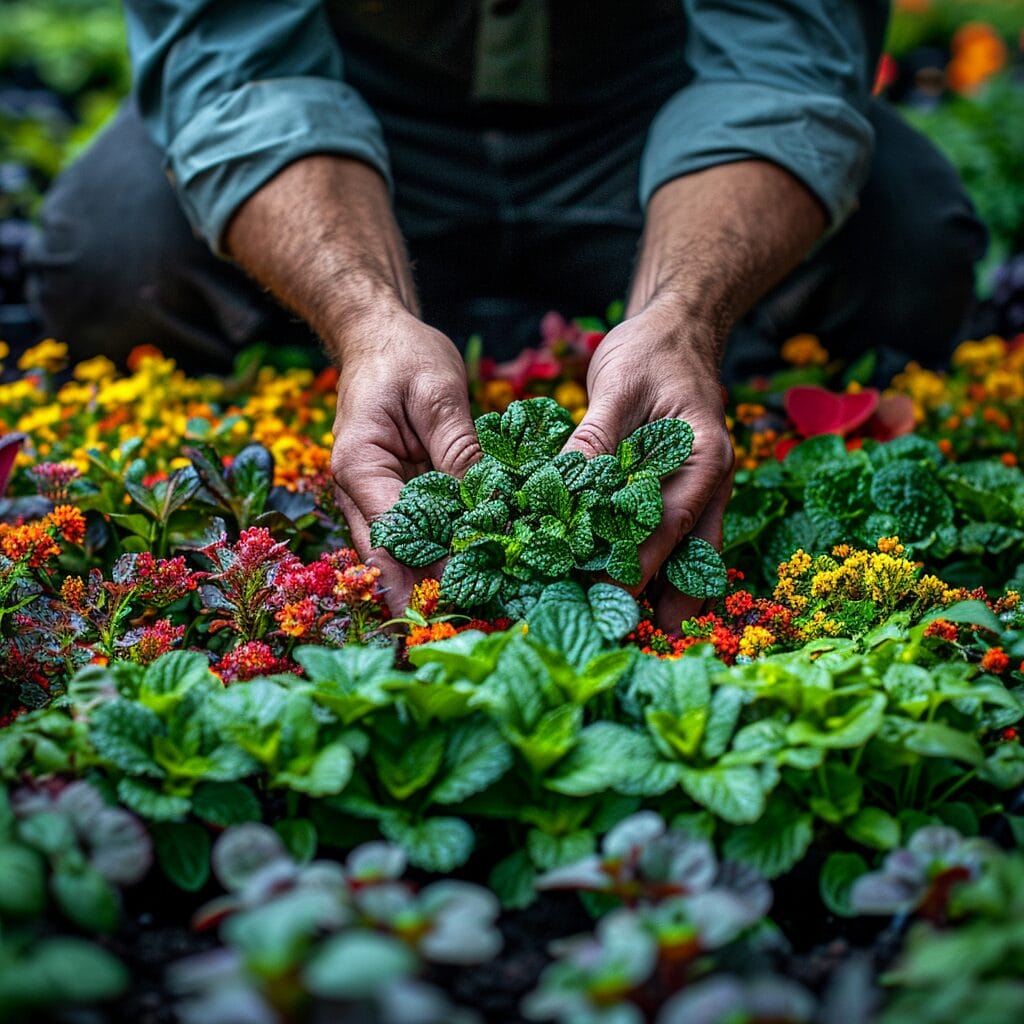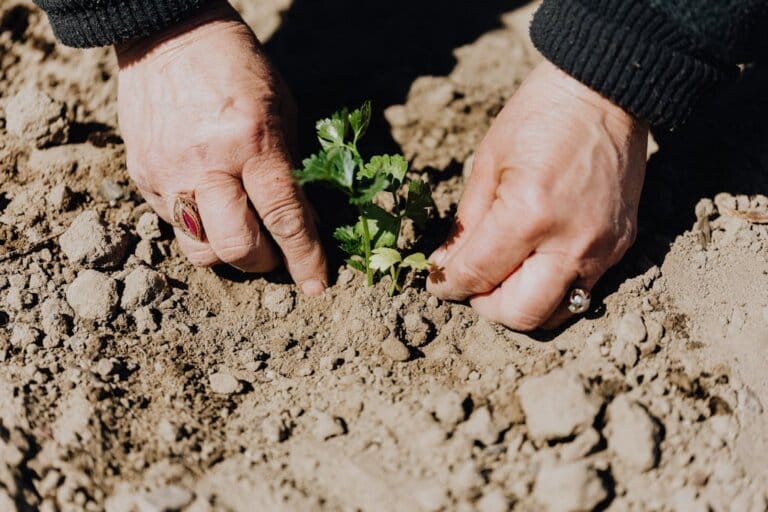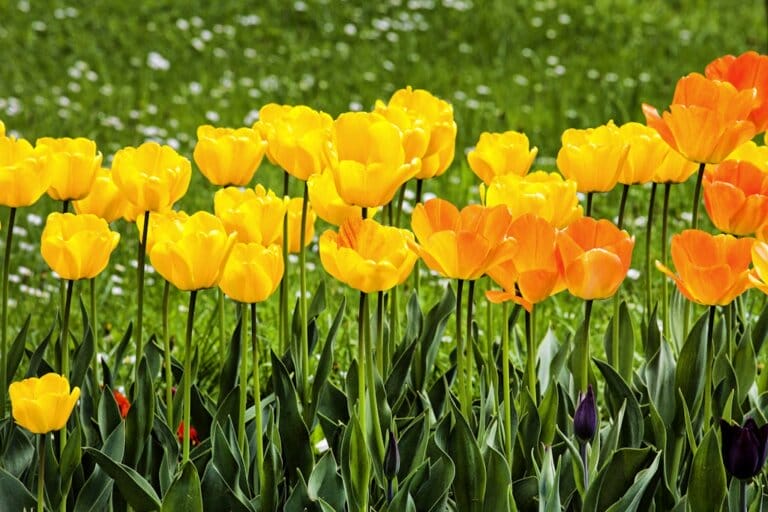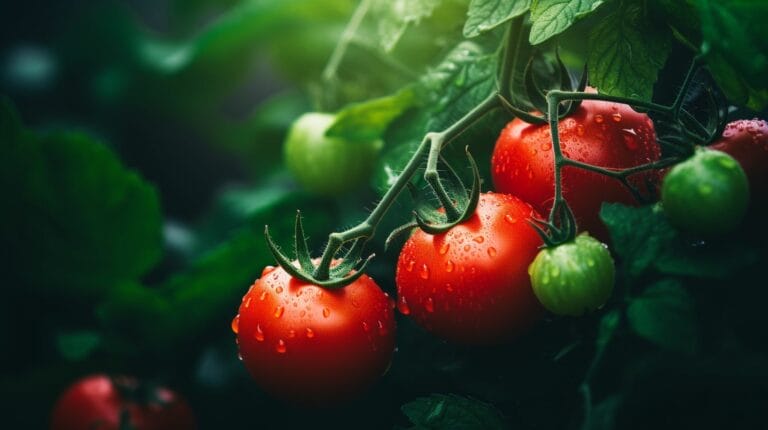Close to 60% of enthusiastic gardeners use peat moss, attesting to its popularity as a core component in maintaining plants. As experienced gardeners, we’ve come to recognize the beneficial effects that sphagnum peat moss provides.
Its remarkable moisture retention and aeration properties create an ideal environment for a variety of plants, elevating their growth and overall health.
But the question remains: Which plants are most likely to flourish in this medium, and how can we maximize the benefits while being mindful of our environmental impact?
Join us as we examine the intricacies of peat moss and its compatibility with different plant species, unlocking the secrets to a more vibrant and sustainable garden.
Key Takeaways
- Peat moss is beneficial in gardening as it retains moisture in the soil, improves soil structure, and promotes strong root development.
- Certain plant types, such as acid-loving plants, shade-tolerant plants, carnivorous plants, perennials, and indoor plants, particularly benefit from the use of peat moss.
- When using peat moss in the garden, it is important to mix it with soil in a specific ratio, hydrate it before use, break up clumps, clear the area of perennial weeds, and create a balanced garden environment.
- When purchasing peat moss, look for sustainable certifications, clear labeling, compare prices and quality, and support ethical sourcing practices. Alternatively, eco-conscious gardeners can consider alternatives such as coconut coir, compost, and natural herbicide applications.
Understanding Peat Moss and Its Use in Gardening
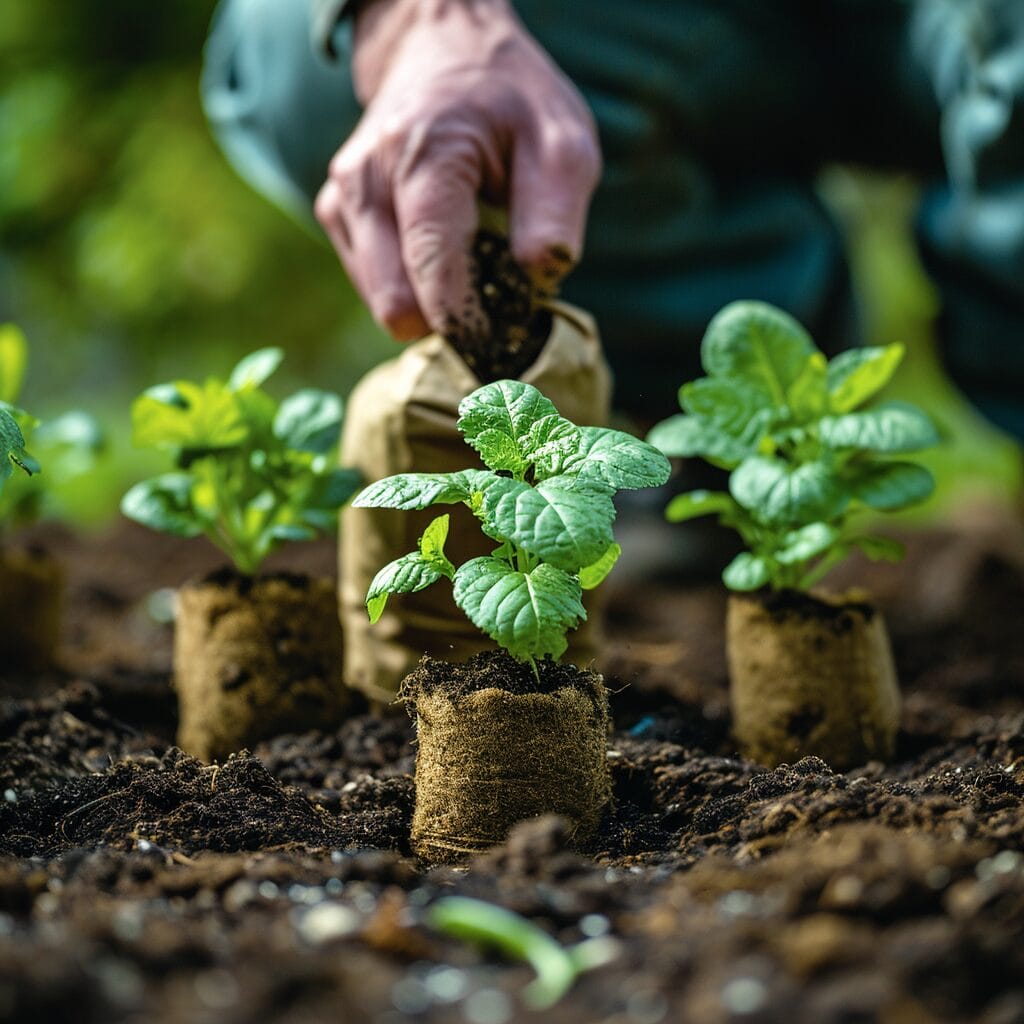
Peat moss is formed from decomposed sphagnum moss and other organic materials found in peat bogs. It plays a significant role in enhancing soil and promoting plant growth in gardening.
Peat moss is a natural ally for healthier, hardier plants.
- Retains moisture, keeping plants hydrated longer and reducing watering frequency
- When added to soil, creates a stable environment that promotes strong root growth
- Aids nutrient absorption from fertilizers
- Has a neutral pH, avoiding drastic soil acidity fluctuations
- Lightweight and porous texture improves soil structure
- Traps heat well in colder months, protecting roots from frost
- A renewable, compostable resource harvested sustainably from peatlands
A well-maintained lawn care program that includes peat moss can enhance the soil’s structure, allowing grass roots to grow deeply and strongly. Peat moss also supports our lawn’s health and makes it less susceptible to weed invasions, creating conditions that naturally suppress weeds.
Plant Types that Benefit from Peat Moss
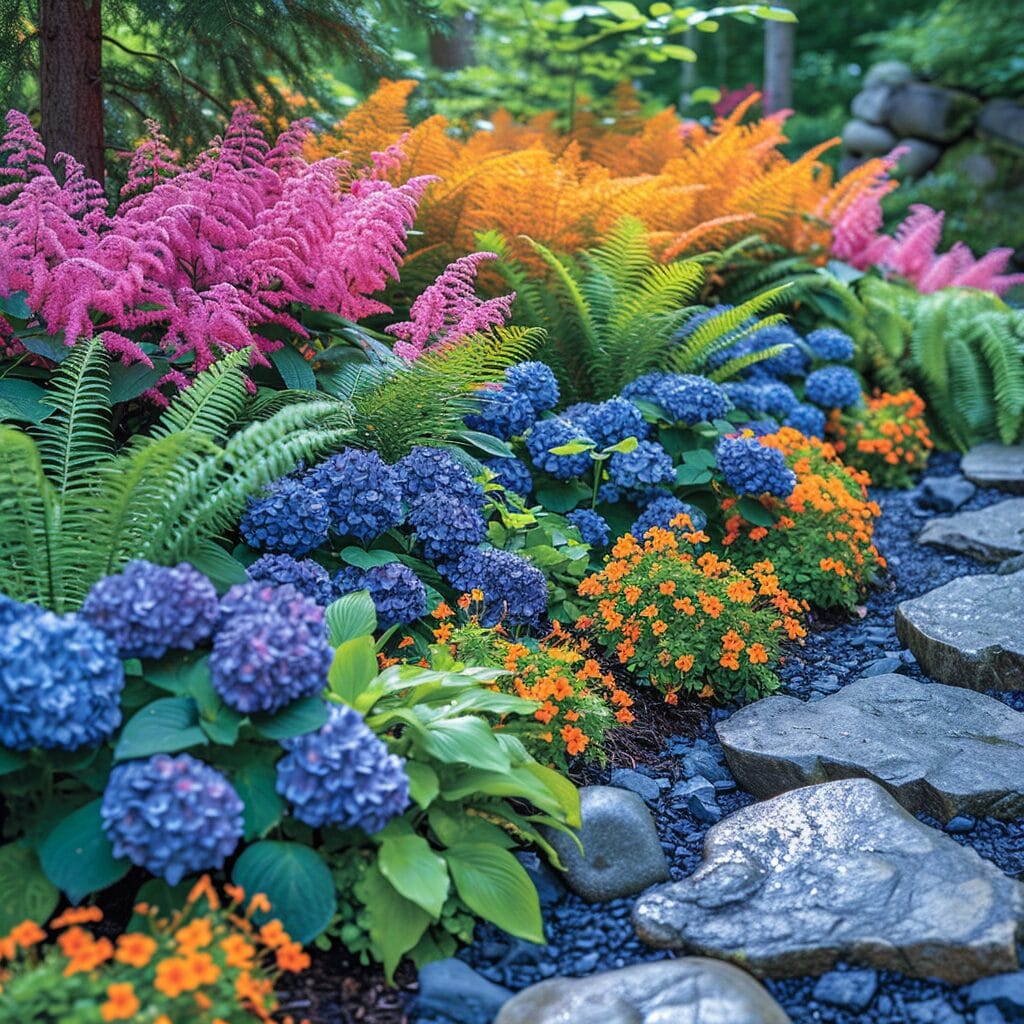
Peat moss is a boon to acid-loving species like:
- blueberries
- rhododendrons
- camellias
Also thrives with indoor varieties such as:
- snake plants
- rubber plants
Carnivorous plants like :
- Venus flytraps
- pitcher plants
It helps perennials establish a robust root system and maintains necessary moisture levels for shade-tolerant plants. For carnivorous plants, peat moss offers the high acidity and moisture retention they need to prosper.
How to Use Peat Moss in Your Garden Properly

To ensure your plants reap the full benefits of peat moss, it’s important to understand the proper methods for incorporating it into your garden soil or potting mix:
- Mix at a ratio of 1 part peat moss to 2 parts soil for optimal results
- Before mixing, hydrate peat moss to prevent airborne dust
- Makes mixing with soil much easier when dampened first
- Clear area of perennial weeds like ground ivy that could overtake the garden
- Weeds will compete for nutrients and space, inhibiting plants
- Dig down 8-12 inches and turn the soil to uproot weed roots
- Discard any rocks or debris that could impede digging later
- Work the peat moss blend thoroughly into the soil, keeping it light and fluffy
- Filling in garden beds, pots and planters with enriched soil
- Water the peat moss once transplanted for moisture retention
Considerations When Buying Peat Moss from Garden Centers
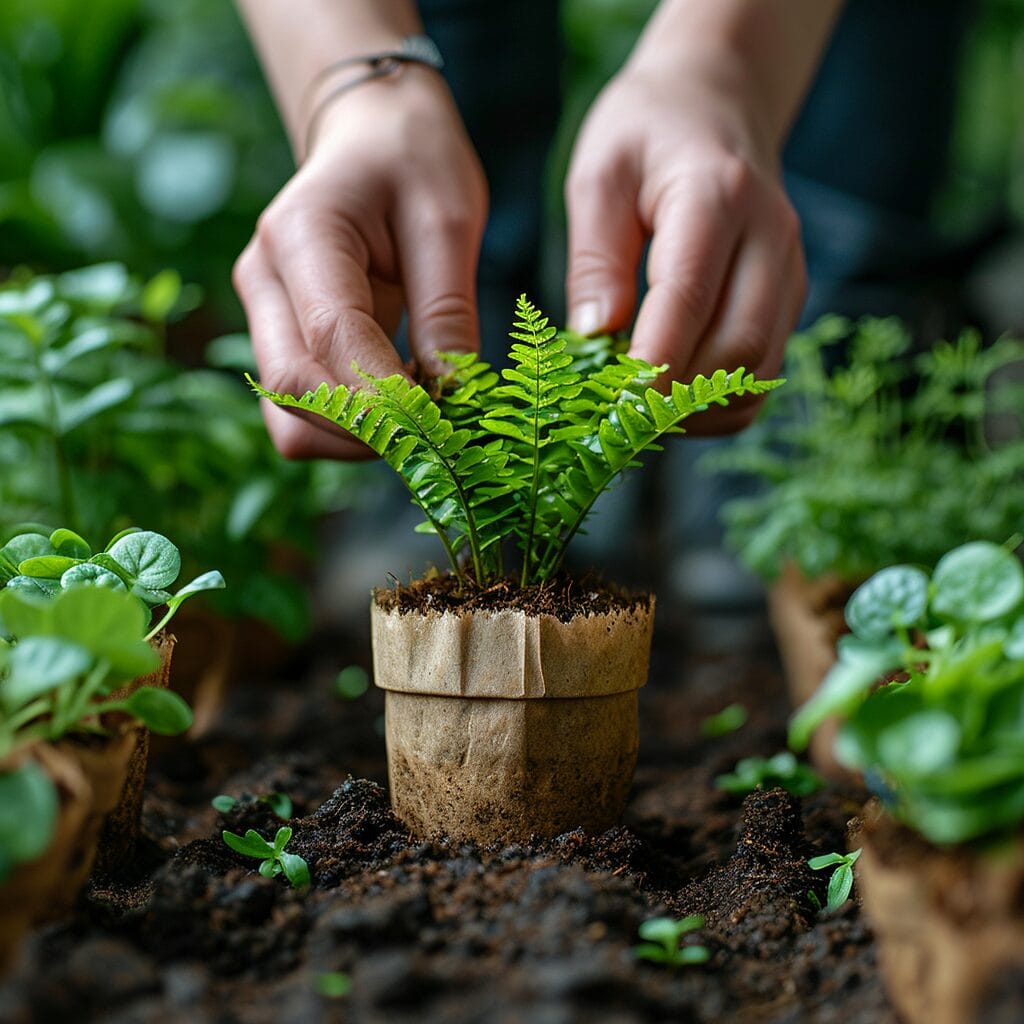
When purchasing peat moss, look for products that boast sustainable sourcing. Check for certifications that guarantee minimal environmental impact, clear labeling indicating whether the peat moss is free of additives, and weigh price against quality.
These considerations help ensure that our gardening practices are both lush and eco-conscious.
Alternatives to Peat Moss for Eco-Conscious Gardeners
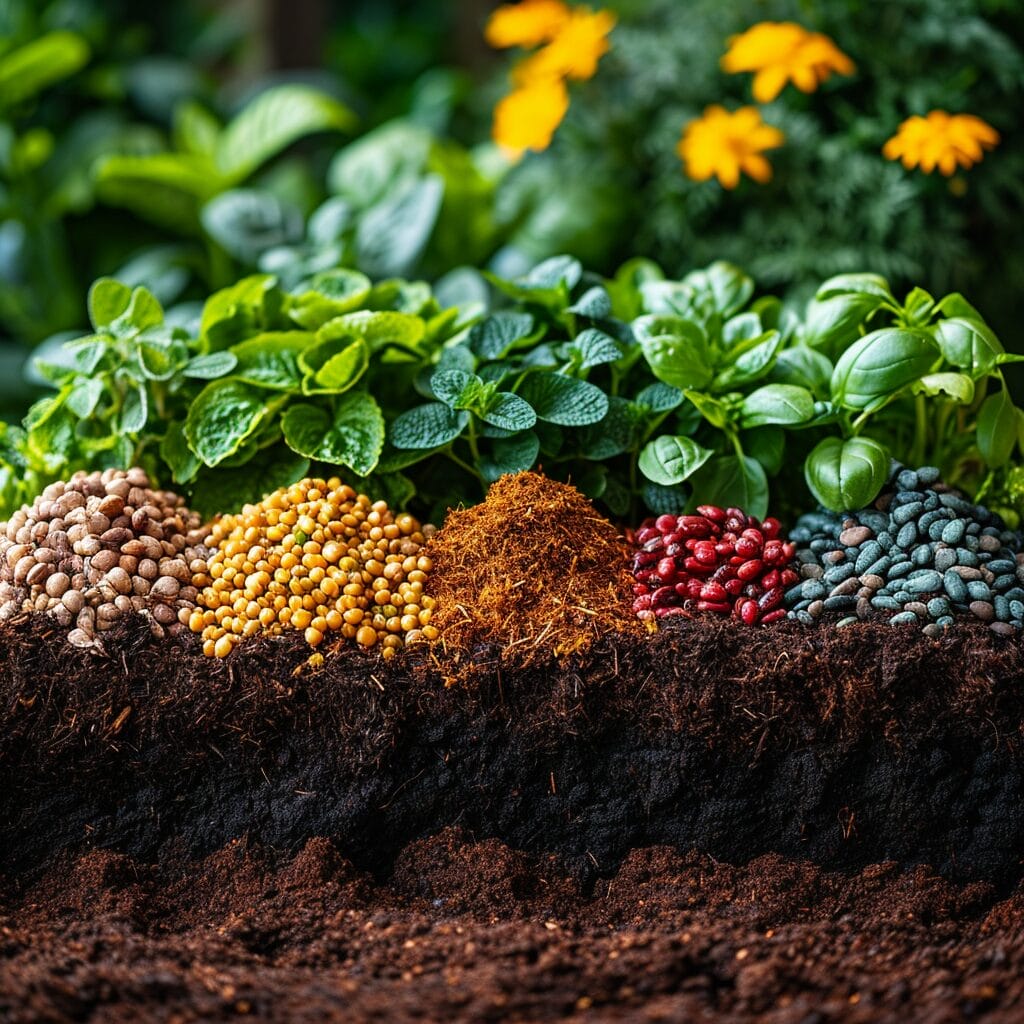
Eco-conscious gardeners turn to alternatives like compost and coconut coir. Compost enriches the soil with essential nutrients and recycles waste, while coconut coir is a sustainable substitute that retains water and provides good aeration.
Instead of chemical herbicides, explore natural herbicide applications to maintain an eco-friendly garden.
How Can I Use Peat Moss to Help Shade Flowering Vines Thrive in my Garden?
Peat moss can be used to help the best shade flowering vines thrive in your garden by providing a moisture-retentive environment that these plants love. Mix peat moss with the soil to improve its structure and water retention, giving your flowering vines the ideal conditions to grow and bloom beautifully.
Conclusion
Sphagnum peat moss can be transformative for gardens, being especially beneficial for plants that favor acidic and moist environments. Incorporating Miracle-Gro Peat Moss allows for nurturing with less water and more love. Remember to consider sustainable alternatives for the health of our planet. Together, we can grow lush, vibrant plants while staying true to our green thumbs and our green planet.
Happy gardening, fellow plant enthusiasts!
Frequently Asked Questions
What are some benefits of peat moss for gardening?
Peat moss is an excellent soil amendment. It has several benefits for gardening. Firstly, it absorbs a large volume of water, providing a moist environment for plant roots. Secondly, it improves the structure and aeration of the soil, creating an ideal medium for plants to grow. Thirdly, peat moss is acidic, so it is perfect for acid-loving plants.
Can you suggest a peat moss alternative for soil amendment?
A suitable peat moss alternative for soil amendment can be compost. Compost like green manure or homemade compost can enrich the soil with nutrients and improve its structure, similar to peat moss. Other alternatives could be coir, which is made from coconut husks, or composted bark.
Can peat moss help grow indoor plants?
Yes, it is often used for growing indoor plants. Peat moss helps retain moisture and slowly releases nutrients to plant roots, promoting their growth. It is particularly beneficial for tropical house plants that enjoy a consistently moist environment. However, it’s important to blend it with other materials for better drainage.
What plants like peat moss and if they grow well in a potting mix?
Acid-loving plants grow well in potting mix with peat moss due to its acidic nature. Some examples are camellias, azaleas, and blueberries. Peat moss is also beneficial for plants requiring good moisture retention and a lightweight potting mix such as ferns and orchids.
What should be considered when using peat moss in a garden bed?
When using peat moss in a garden bed, it is important to remember that it is very acidic and may lower the soil’s pH, which may not be suitable for all plants. Furthermore, peat moss doesn’t contain any nutrients, so you may need to add fertilizer or compost to supply your plants with necessary nutrients.
Also, peat moss tends to dry out completely if not kept consistently moist, becoming difficult to re-wet.

